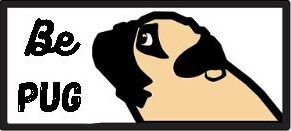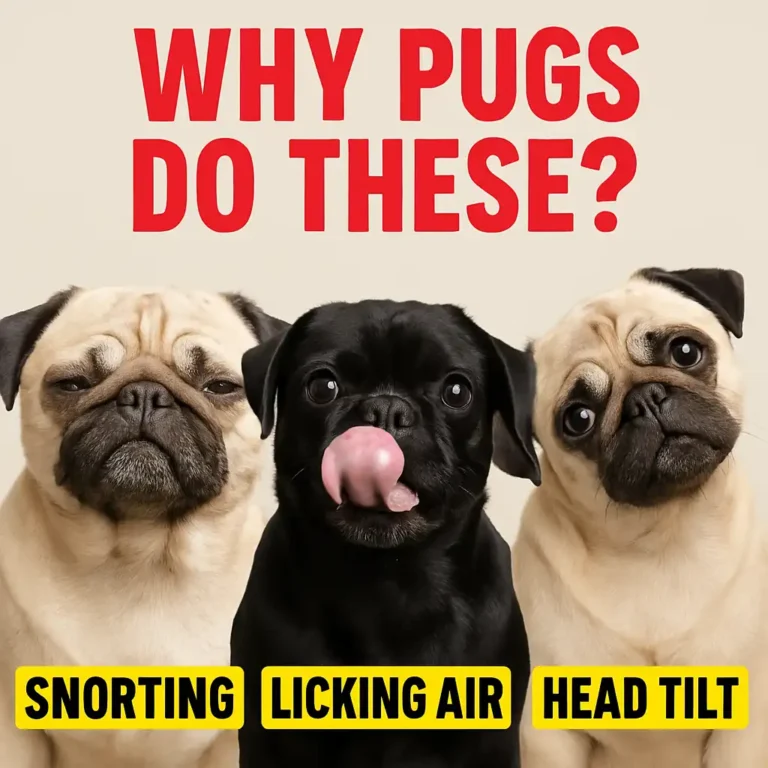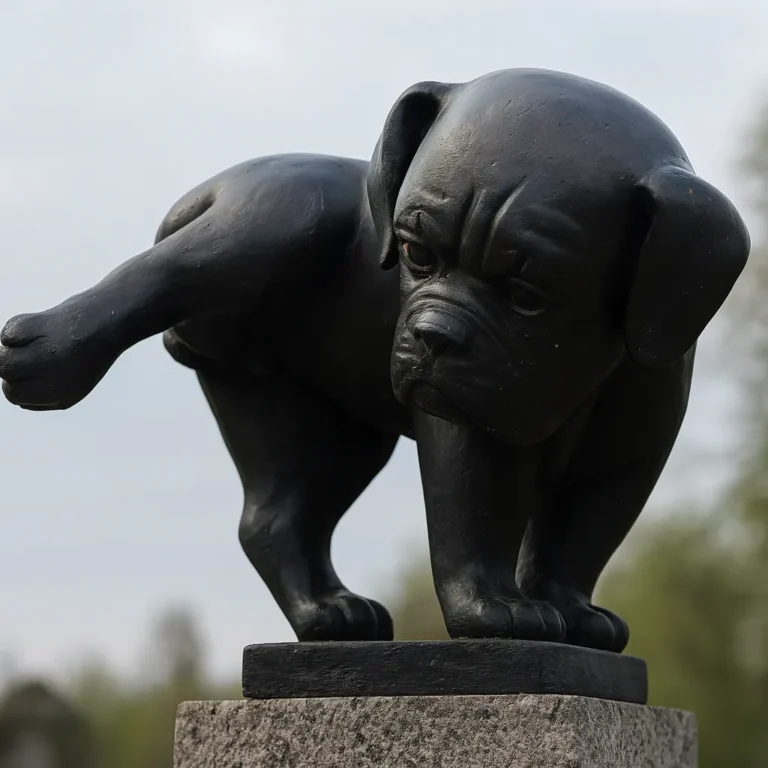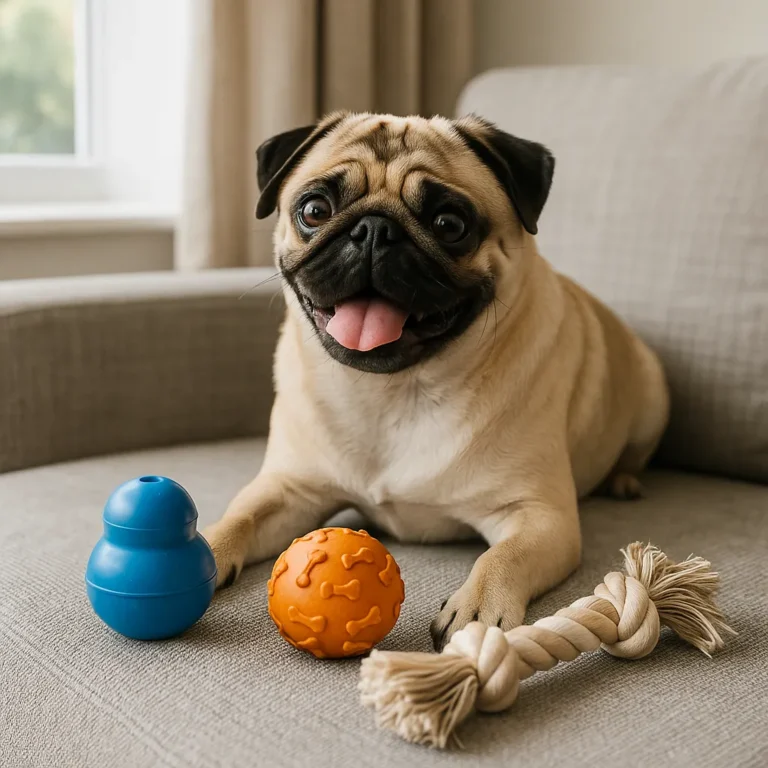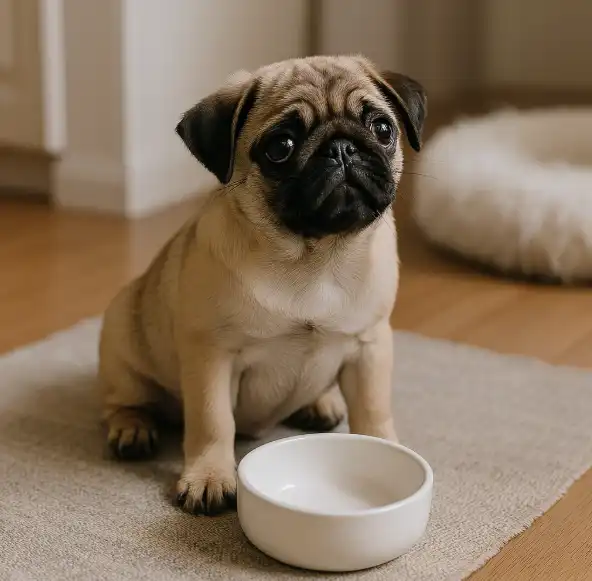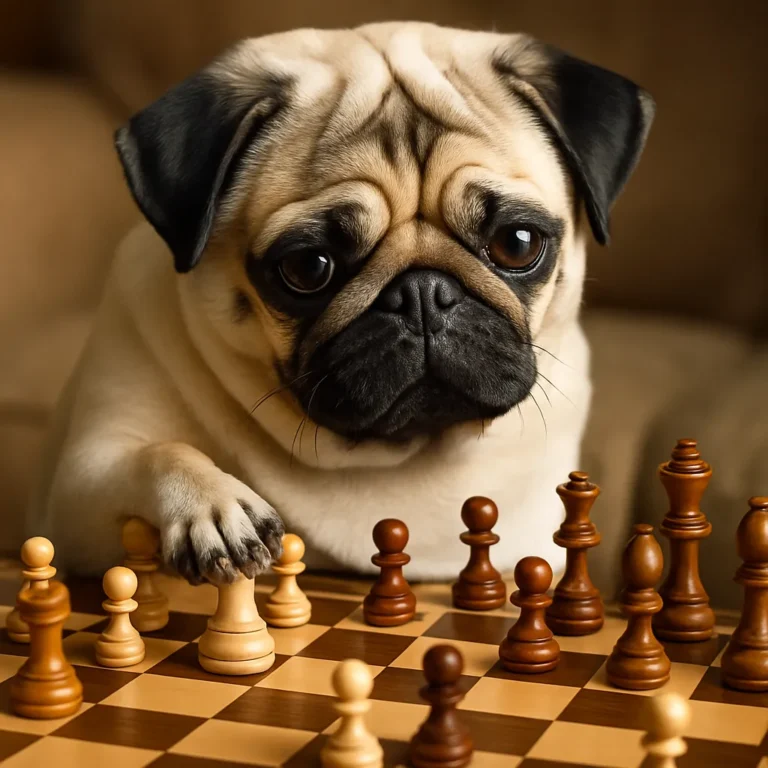Training a Pug Puppy Not to Bite: Practical Tips for New Owners
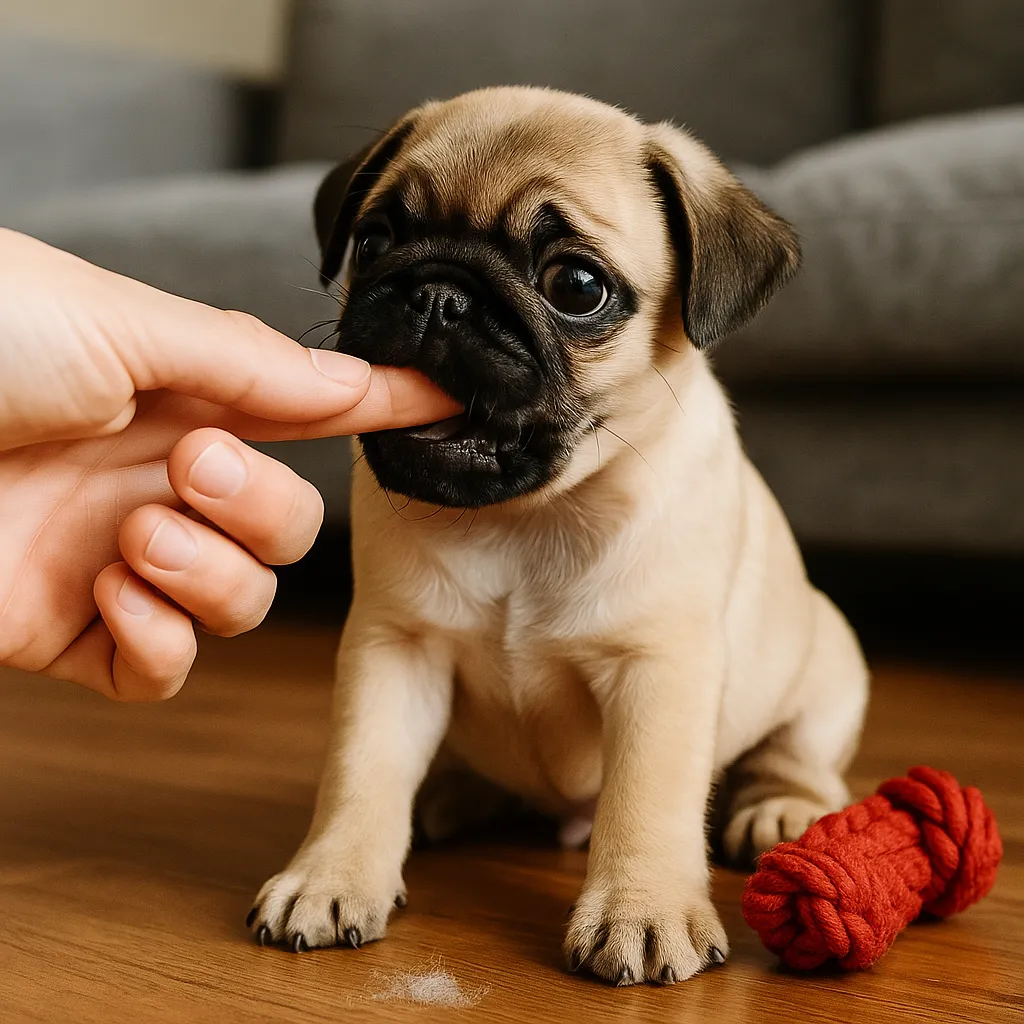
Disclosure: This post contains affiliate links. As an Amazon Associate, I earn from qualifying purchases—at no extra cost to you.
Pug puppies are full of energy and curiosity—but those sharp little teeth can cause plenty of frustration. Biting is a normal part of puppy life, especially during teething. While it’s harmless at first, it’s important to teach your pug early that biting people isn’t okay.
With patience and consistent training, you can help your pug puppy learn better habits and grow into a gentle, well-mannered companion.
Why Pug Puppies Bite So Much
Biting is completely natural for pug puppies. They nip as a way to explore their environment and relieve the discomfort of teething. In general, pugs are known for playful mouthing during their first months.
According to vets and experienced pug owners, most puppy biting isn’t aggressive. It’s your pug learning what’s allowed—and what’s not. That’s why it’s best to start teaching bite control as soon as possible.
How to Teach Your Pug Puppy to Stop Biting
Most pug parents find that redirection works best. When your puppy bites your hand, calmly say “no” or “ouch.” Then, immediately offer a chew toy instead. This simple swap helps your pug learn that chewing’s fine—as long as it’s not on people.
Another effective strategy is to end playtime if biting gets rough. Many owners notice their puppies quickly connect the dots: biting stops the fun. Over time, this encourages softer, more gentle play.
Consistency is key. Using the same words, tone, and reactions every time helps your pug understand exactly what you expect.
Helping Your Teething Puppy Stay Comfortable
During teething, your pug’s urge to bite will be stronger. Providing the right chew options can really help. Frozen carrots, soft rubber toys, or chilled teething rings offer relief for sore gums.
It’s a good idea to avoid rough games like tug-of-war until your pug learns bite control. Many pug owners also recommend supervising play sessions with kids, as excited puppies can nip more when overstimulated.
If your pug’s biting seems unusually intense or doesn’t improve with training, consider consulting a professional trainer for extra help.
Daily Habits That Reduce Biting
Small daily changes make a big difference:
- Give your pug plenty of exercise. A tired puppy is less likely to bite out of boredom.
- Rotate chew toys regularly to keep them interesting.
- Stick to short commands like “gentle” or “no” every time biting starts.
- Avoid using hands as toys, even during playful moments.
Pugs respond best to gentle corrections. Harsh discipline often makes the problem worse.
Quick and Easy Training Help: Brain Training 4 Dogs
Looking for a step-by-step way to train your pug puppy? Brain Training 4 Dogs is a popular online program that uses gentle, reward-based techniques to tackle common issues like biting, pulling, and jumping. Designed for everyday dog owners, it offers simple, easy-to-follow lessons you can practice right at home—no harsh methods or complicated commands required.
View on BrainTraining4Dogs.com
Conclusion
Teaching your pug puppy not to bite doesn’t happen overnight, but consistent redirection and gentle correction will get you there. Focus on giving them the right things to chew, reward calm play, and keep training sessions simple and positive. Before long, those sharp little bites will be a thing of the past.
